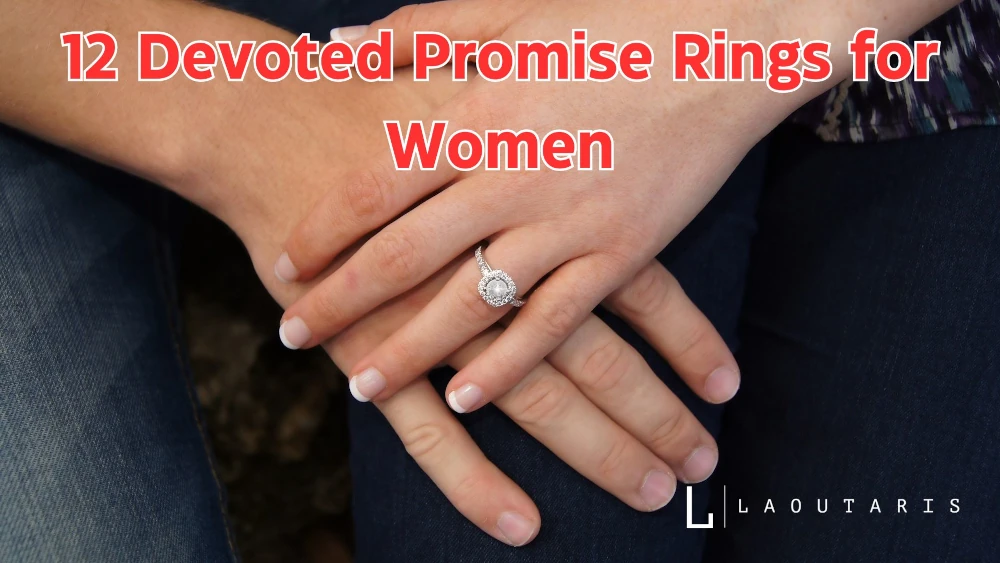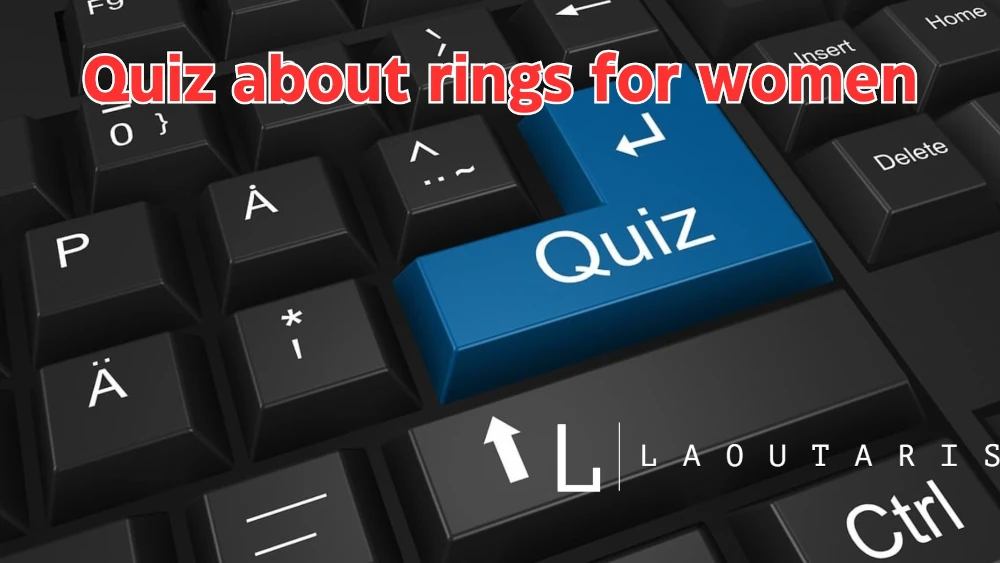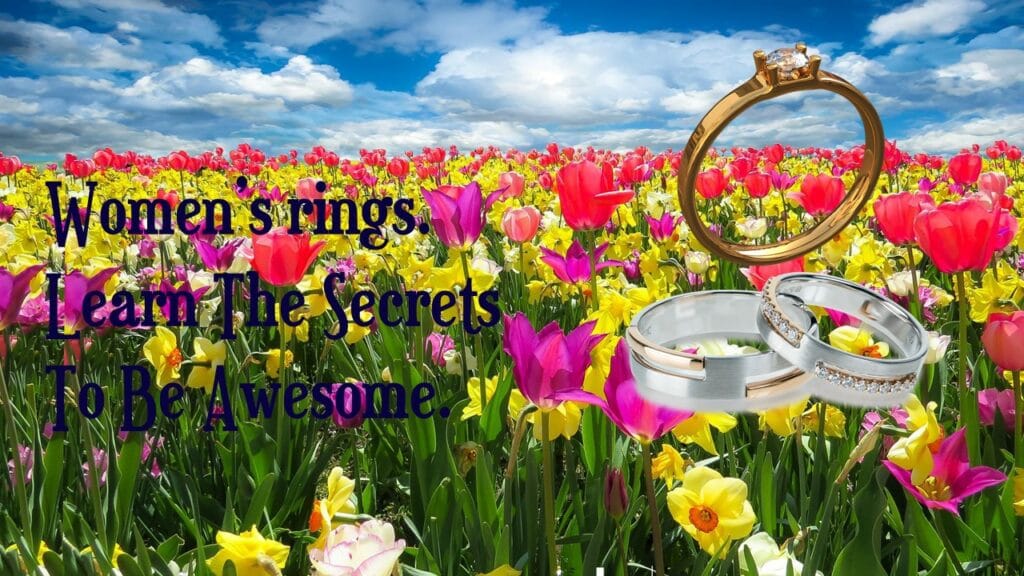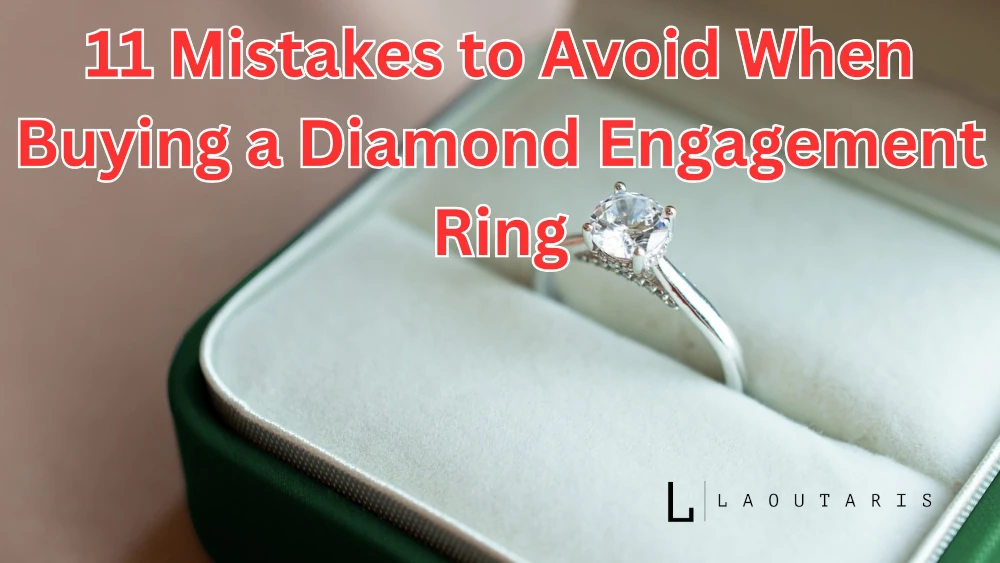Buying a diamond engagement ring is a big deal but can feel overwhelming. Engagement ring shopping requires budgeting and getting support to make it less scary. Avoiding common mistakes means making a confident choice that tells your love story.
Table of Contents
| Different types of rings for women |
| Toe rings for women |
| Midi rings for women |
| Eternity rings for women |
| Vintage rings for women |
| Birthstone rings for women |
| Promise rings for women |
| Solitaire rings for women |
1. Ignoring the 4Cs
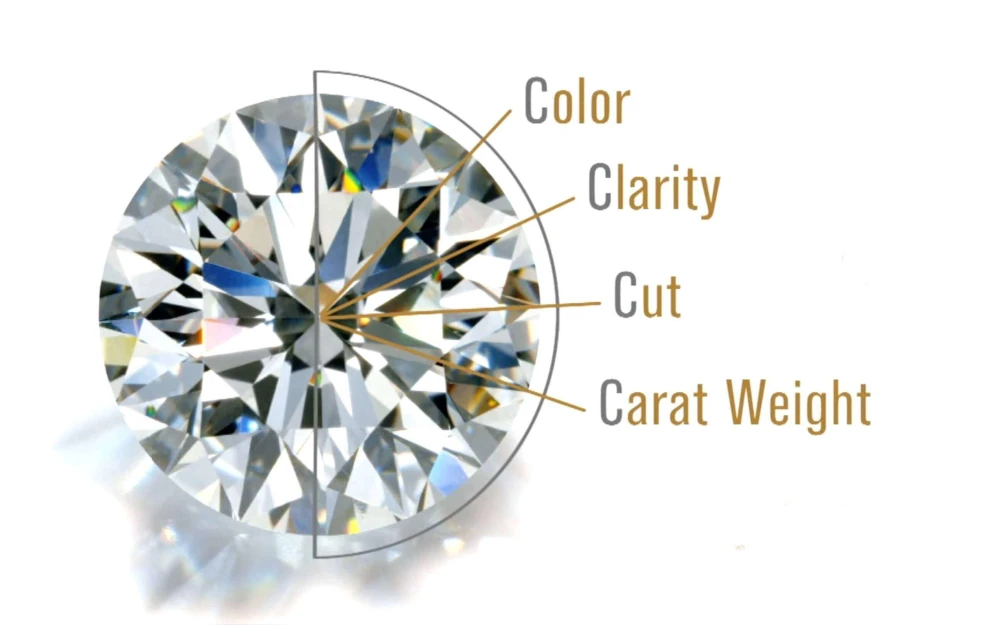
Shopping for an engagement ring? Understanding the 4Cs—cut, color, clarity, and carat weight—is essential to finding a beautiful and budget-friendly diamond. Let’s explore each factor and learn how to make intelligent trade-offs.
Cut is arguably the most critical factor in a diamond’s beauty. Even a large diamond can appear lifeless if poorly cut, while a smaller, well-cut stone will dazzle with its brilliance. When choosing between size and cut quality, prioritize cut—it gives your diamond its signature sparkle.
The diamond color scale runs from D (completely colorless) to Z (light yellow or brown). Here’s a money-saving tip: G-H grade diamonds appear colorless to the naked eye but cost significantly less than D-F diamonds. Set in white gold or platinum, these near-colorless diamonds look stunning.
Don’t get too caught up in technical clarity grades. Focus instead on finding an “eye-clean” diamond—one without flaws visible to the naked eye. VS2 and SI1 clarity grades often hit this sweet spot, offering excellent value without compromising appearance.
While carat weight dramatically affects price, a smaller, high-quality diamond often looks more impressive than a larger one with poor cut or color. Consider diamonds with popular carat weights (0.9 instead of 1.0) for significant savings without a noticeable size difference.
Focus your budget on the characteristics that matter most for visual impact. Remember: a well-cut diamond with balanced color and clarity will create a stunning engagement ring, regardless of size.
Check out our article about the secrets of 4c here.
2. Ignoring Certification and Authenticity
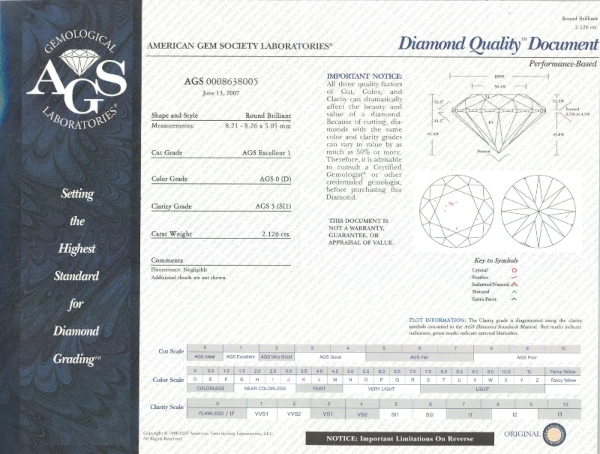
Certification ensures quality and value when shopping for diamond engagement rings. Only purchase diamonds certified by independent laboratories like the Gemological Institute of America (GIA) or the American Gem Society (AGS).
Why Certification Matters:
- Provides unbiased quality assessment
- Verifies diamond characteristics and authenticity
- Protects your investment
- Enables accurate price comparison
Avoid diamonds with retailer-issued certificates or no certification, as these may not meet claimed quality standards. Always request to see the original certification document and verify its authenticity through the issuing laboratory’s website.
Remember: A legitimate certificate from GIA or AGS guarantees the quality of the diamond you’re paying for. The small premium for certified diamonds is worth your investment’s peace of mind and protection.
3. Only Focusing on Size
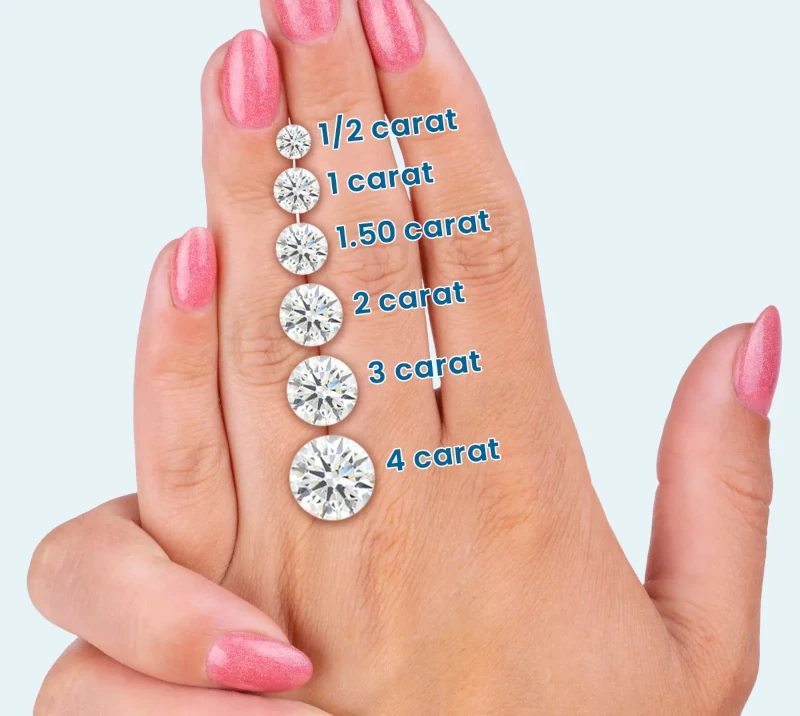
When selecting an engagement ring, many people fixate on diamond size, but true brilliance comes from a more nuanced approach:
Cut Quality: The True Sparkle Maker
• A well-cut smaller diamond will appear more brilliant and radiant than a larger diamond with poor cutting
• Prioritize cut quality over size – it determines how light reflects and creates that captivating sparkle
• Ideal cut diamonds maximize light performance, making them appear more brilliant and larger
Strategic Shape Selection
Consider alternative diamond shapes that create a visual illusion of larger size:
- Oval cuts appear larger than round diamonds of equal carat weight
- Marquise cuts elongate the finger and seem more substantial
- Emerald and pear shapes can also create a size-enhancing effect
Smart Budget Strategies
• Choose diamonds just under standard carat weights (e.g., 0.9 instead of 1 carat)
• This can save 10-20% without a noticeable visual difference
• Focus on the overall balance between size, cut, clarity, and color
Pro Tip: Work with a reputable jeweler who can help you find the optimal diamond that balances beauty, quality, and your budget. Remember, the most stunning ring reflects your style and smart purchasing decisions.
4. Not Having a Realistic Budget
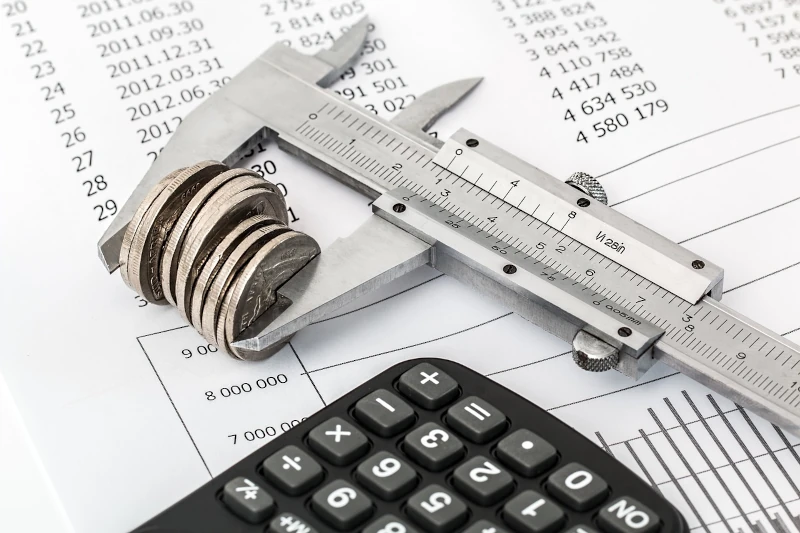
Shopping for an engagement ring can be an exciting yet overwhelming experience, especially if you don’t have a clear budget. Without a budget, you may face financial stress or the temptation to overspend. Here are some practical tips to help you create a meaningful and responsible budget:
- Research Average Costs: Research the average prices of engagement rings in your area. This will give you a baseline to work from and help you understand what to expect.
- Assess Your Financial Situation: Examine your finances closely, considering your income, savings, and debts. It will help you determine a realistic and sustainable budget for your situation.
- Explore Alternatives: Consider looking at lab-grown diamonds. They offer a stunning alternative to traditional diamonds, often at a lower price, allowing you to get more value without sacrificing quality.
- Prioritize Meaning Over Price: Remember that the ring’s significance lies in its meaning rather than its price tag. Focus on finding a ring that reflects your partner’s style and your relationship rather than one that meets a specific cost standard.
- Plan for Additional Costs: Don’t forget to account for additional expenses, such as insurance and maintenance for the ring. Including these in your budget will help you avoid surprises later on.
Establishing a thoughtful budget ensures that your engagement ring is a beautiful symbol of your love and a financially responsible choice.
Check out our free engagement ring estimator tool.
5. Ignoring the Ring Setting

The ring setting is far more than just a backdrop for your diamond—it’s a critical element that impacts its aesthetic appeal and practical durability. Understanding different settings can help you make an informed choice that matches your lifestyle and style.
Ring Setting Types and Their Characteristics:
- Prong Setting
• Classic and versatile design
• Allows maximum light exposure to the diamond
• Typically has 4-6 metal prongs holding the stone
• Best for: Showing off the diamond’s brilliance
• Considerations: Less secure for very active individuals - Halo Setting
• Features smaller diamonds surrounding the center stone
• Creates the illusion of a larger center diamond
• Adds extra sparkle and visual impact
• Best for: Those wanting maximum brilliance and apparent size
• Ideal for: Making a smaller center stone appear more substantial - Bezel Setting
• Metal rim completely encircles the diamond
• Extremely secure and protective
• Modern, sleek appearance
• Best for: Active lifestyles, professions involving manual work
• Excellent for: People who are hard on their jewelry - Pavé Setting
• Small diamonds set closely together along the band
• Creates a continuous sparkle effect
• Adds extra elegance to the ring
• Best for: Those who love intricate, detailed designs
Choosing the Right Setting: Key Considerations
• Lifestyle Compatibility
- Active lifestyle: Prioritize secure settings like bezel or multiple-prong
- Desk job: More design flexibility with prong or halo settings
• Durability Factors
- Occupation
- Daily activities
- Personal handling of jewelry
• Personal Style
- Minimalist: Consider bezel or simple prong
- Dramatic: Explore halo or pavé settings
Pro Tip: Consider your daily activities and style when selecting a ring setting. The perfect setting balances aesthetic appeal with practical wearability.
6. Not Considering Ring Size
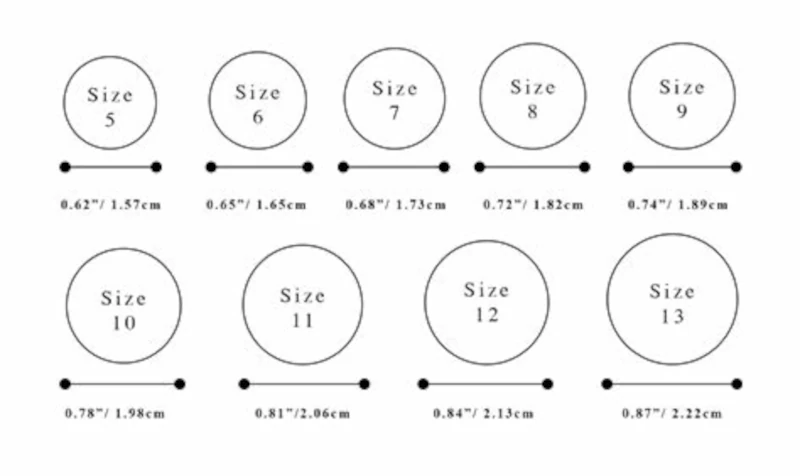
Choosing the correct ring size is critical for the perfect engagement or wedding ring. An ill-fitting ring can lead to discomfort, potential loss, and diminished enjoyment of this significant piece of jewelry.
Key Strategies for Accurate Ring Sizing:
- Professional Measurement Methods
• Visit a professional jeweler for precise sizing
• Have your finger measured at different times of day
• Consider that finger size can fluctuate due to:- Temperature
- Humidity
- Physical activity
- Time of month
- Medication
- At-Home Measurement Techniques
• Borrow an existing ring that fits well- Trace the inner circumference on paper
- Use a ring sizer tool
- Compare against professional sizing charts
• Use printable ring sizer templates
• Measure finger width at different times
- Important Considerations
• Allow slight wiggle room (not too tight or loose)
• Consider ring width – wider bands may require larger sizes
• Account for knuckle size
• Think about potential future changes in finger size
Pro Tip: When in doubt, opt for a slightly larger size. Rings can be resized more quickly when they’re too large than when they’re too small.
Check out our free ring size converter here.
7. Not Considering Your Partner’s Style

Selecting an engagement ring isn’t just about finding a beautiful piece of jewelry – it’s about finding a ring that resonates deeply with your partner’s style and taste. A thoughtfully chosen ring demonstrates your understanding and appreciation of its unique aesthetic.
Researching Your Partner’s Jewelry Preferences:
- Investigative Approaches
• Carefully examine their existing jewelry collection
• Pay attention to:
– Metal preferences (yellow gold, white gold, rose gold, platinum)
– Design aesthetics (minimalist, ornate, geometric, organic)
– Stone preferences (traditional diamond, colored stones, alternative gems) - Discreet Information Gathering
• Consult trusted friends and family members who understand their style
• Look through their social media or Pinterest boards for jewelry inspiration
• Notice jewelry they admire or comment on when shopping together - Subtle Conversation Techniques
• Casually discuss jewelry styles during romantic outings
• Browse jewelry stores together and observe their reactions
• Ask hypothetical questions about ring preferences - Matching Ring to Personal Style
• Vintage lovers: Might appreciate intricate, detailed settings
• Modern minimalists: May prefer clean lines and simple designs
• Bold personalities: Could enjoy statement pieces with unique elements - Practical Considerations
• Consider their lifestyle and daily activities
• Choose a ring that’s comfortable and suits their work environment
• Think about maintenance and durability
Pro Tip: The goal is to find a ring that feels like an authentic expression of your partner’s personality – a symbol of your love that they’ll cherish wearing daily.
8. Rushing the Process
Selecting an engagement ring is a significant milestone that requires careful consideration and patience. Rushing this critical decision can lead to disappointment and potential financial regret.
Key Strategies for Smart Ring Shopping:
- Research and Planning
• Start your ring selection process at least 3-4 months before you plan to propose
• Create a realistic budget that balances quality and affordability
• Learn about the 4 Cs of diamonds (Cut, Color, Clarity, Carat)
• Understand your partner’s style preferences by:- Observing their current jewelry
- Asking close friends or family for insights
- Subtly discussing jewelry tastes
- Exploring Options
• Visit multiple jewelers (both local and online)
• Compare:- Ring styles
- Pricing
- Certification
- Return and warranty policies
• Consider alternative options like: - Lab-grown diamonds
- Vintage rings
- Alternative gemstones
- Custom Design Considerations
• If considering a custom ring, plan for:- 6-8 weeks production time
- Multiple design consultations
- Potential higher costs
• Work with reputable jewelers who can provide detailed sketches and 3D renderings
- Practical Tips
• Get the ring professionally sized
• Consider insurance
• Save documentation and certificates
• Understand return and exchange policies
Remember: The perfect ring reflects your partner’s unique style and your shared commitment, not just its monetary value.
9. Not Considering Maintenance and Insurance
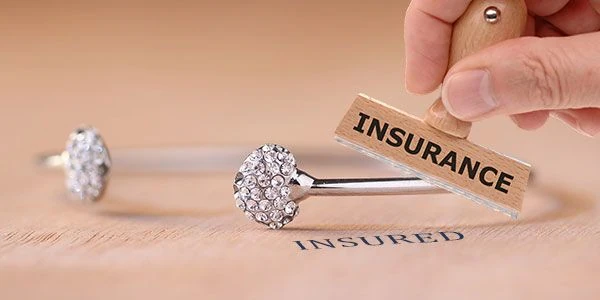
Your diamond ring is not just a beautiful piece of jewelry—it’s a valuable investment that requires proper care and protection. By following these expert guidelines, you can preserve its beauty, value, and sentimental significance.
Maintenance Best Practices:
- Regular Cleaning
• Clean your ring weekly using a gentle method:
– Mix mild dish soap with warm water
– Use a soft-bristled brush (like a baby toothbrush)
– Gently scrub around the stone and setting
– Rinse thoroughly with clean water
– Pat dry with a lint-free microfiber cloth - Professional Maintenance
• Schedule professional inspections every 6-12 months
• Have a jeweler:
– Check prong integrity
– Assess stone security
– Identify potential wear and tear
– Perform professional cleaning
– Tighten any loose settings
Insurance Protection:
- Comprehensive Coverage
• Obtain specialized jewelry insurance that covers:
– Theft
– Loss
– Accidental damage
– Worldwide protection
– Full replacement value - Documentation
• Keep the original purchase receipt
• Obtain professional appraisal
• Take high-resolution photos
• Update valuation every 2-3 years
Spending time in maintenance and securing proper insurance will protect your ring’s aesthetic appeal, structural integrity, and financial value for years.
10. Letting Trends Guide Your Choice
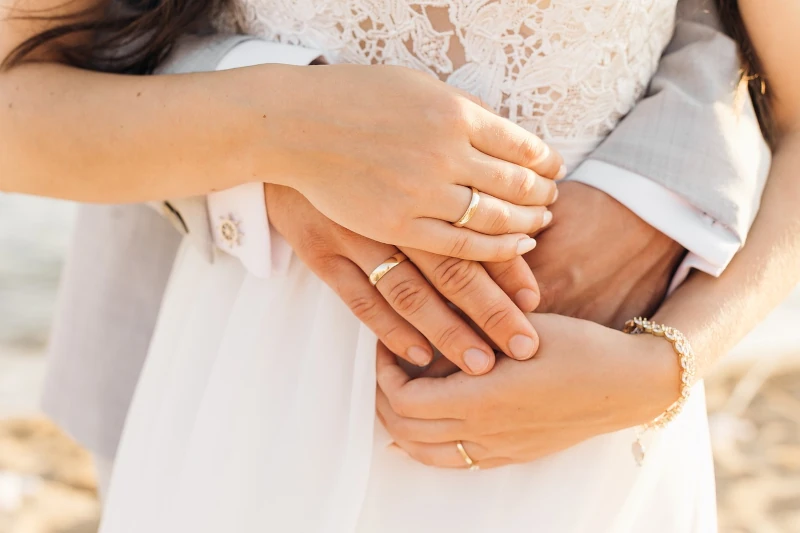
When selecting an engagement ring, it’s crucial to balance current trends with enduring style. This chapter will help you choose a ring that remains beautiful and meaningful for years to come.
Understanding Timeless Design Principles:
• Prioritize classic, versatile styles that transcend short-lived fashion trends
• Consider your partner’s aesthetic and lifestyle
• Focus on quality craftsmanship and enduring design elements
Recommended Timeless Ring Styles:
- Solitaire Rings
- Simple, elegant design that never goes out of style
- Highlights the center stone’s quality and brilliance
- Suitable for various hand shapes and personal styles
- Three-Stone Rings
- Symbolizes past, present, and future of your relationship
- Offers visual interest without being overly complex
- It can be customized with different stone shapes and sizes
- Halo Settings
- Adds sparkle and makes the center stone appear larger
- Works well with various diamond and gemstone cuts
- It provides a classic yet slightly more elaborate look
Personalization Tips:
• Consider meaningful engravings (special date, coordinates, short message)
• Select birthstones or gems with personal significance
• Choose metal colors that complement your partner’s skin tone and existing jewelry
Practical Considerations:
• Select a design that suits your partner’s daily activities
• Consider ring durability for active lifestyles
• Ensure the setting protects the center stone
Final Advice:
A timeless engagement ring reflects your partner’s unique personality while maintaining a classic, sophisticated aesthetic. Take time to understand their preferences and choose a design that will be cherished for a lifetime.
11. Not Finding a Reputable Jeweler
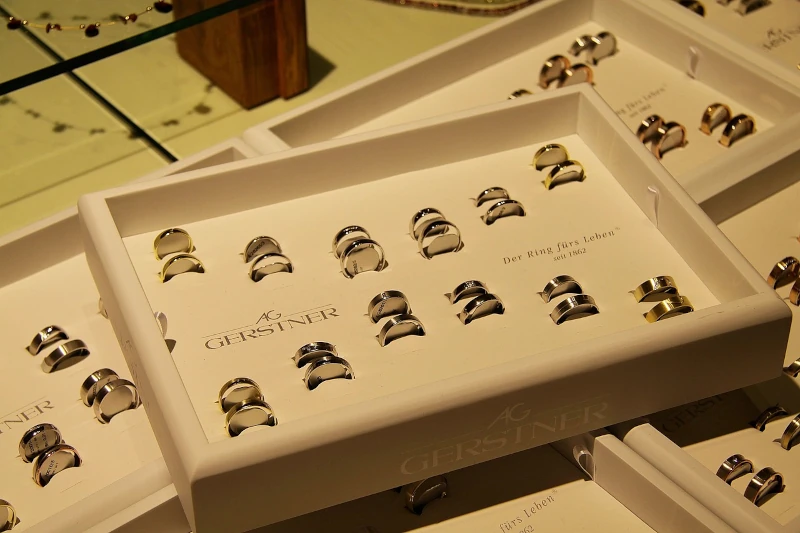
Selecting the right jeweler is a crucial step in purchasing an engagement ring. The proper professional can distinguish between a stressful buying experience and a memorable, confidence-inspiring purchase.
Key Qualities to Look for in a Reputable Jeweler:
- Credentials and Certifications
- Membership in professional associations like:
- Certified gemologists on staff
- Transparent business credentials
- Research and Verification Methods
- Check online reviews on multiple platforms
- Verify the Better Business Bureau (BBB) rating
- Ask for recommendations from recently engaged friends or family
- Look for consistent positive feedback about:
- Customer service
- Product Quality
- After-purchase support
- What a Good Jeweler Will Offer
- Detailed diamond certification
- Clear explanation of the 4Cs (Cut, Color, Clarity, Carat)
- Multiple price point options
- Transparent pricing
- Comprehensive warranty
- Resizing and maintenance services
- Ethical sourcing information
- Red Flags to Watch For
- Unusually low prices
- Pressure to make immediate purchases
- Lack of detailed product information
- No certification for diamonds
- Unwillingness to answer specific questions
Pro Tip: Schedule consultations with two to three jewelers to compare expertise, pricing, and comfort level before deciding.

Pashalis Laoutaris
I am a professional writer, fashion blogger, and owner of the site https://laoutaris.com. I have over 20 years of experience as a salesperson in the fashion industry and 10 years of experience as a fashionista. I consider myself a true fashionista. I write daily blog articles about fashion, tools and converters, and everything you need to know about current trends.
Laoutaris Recommends
